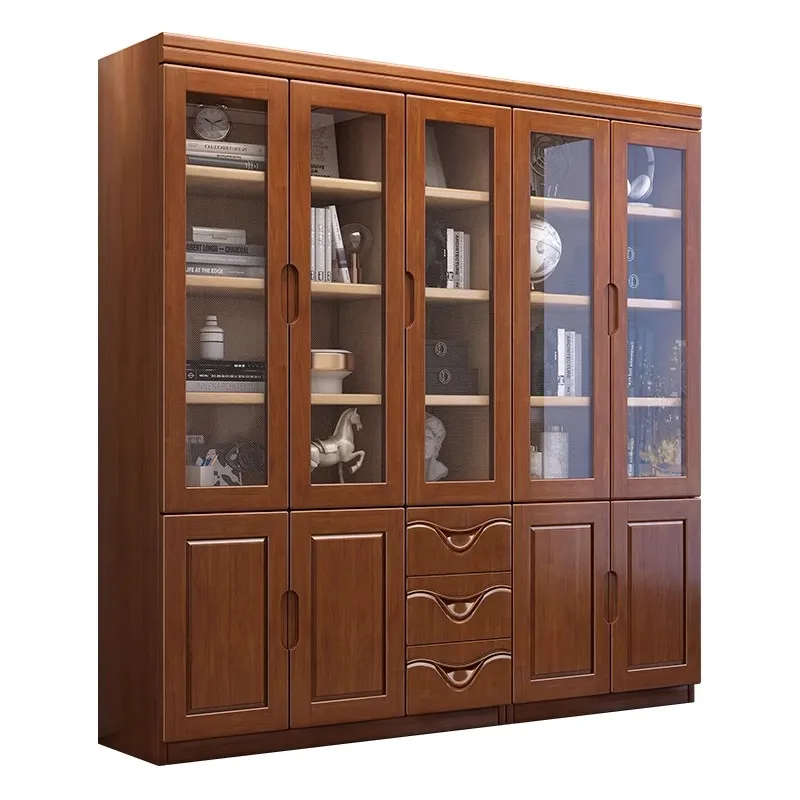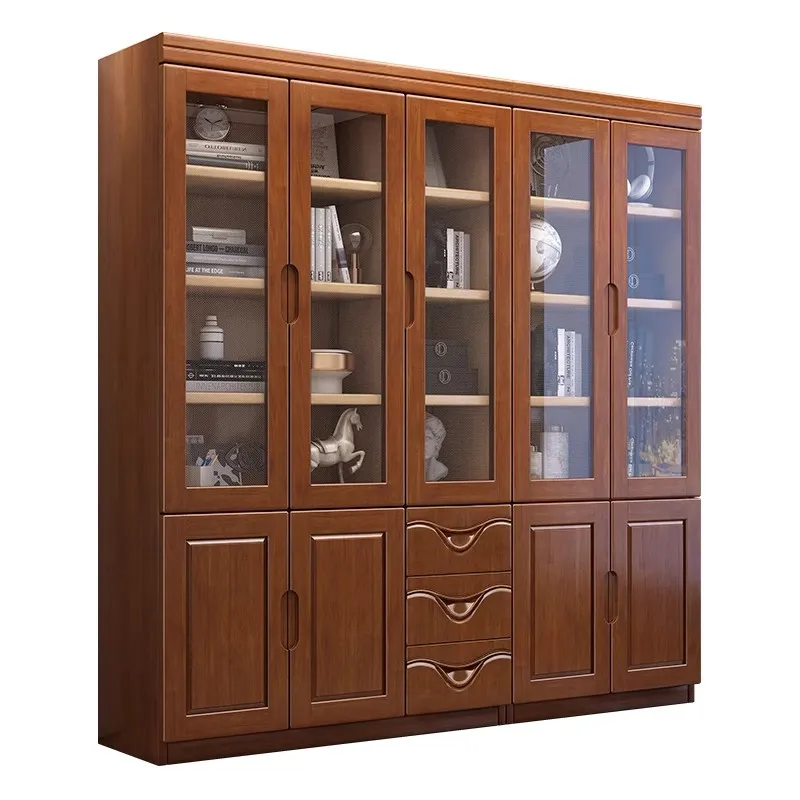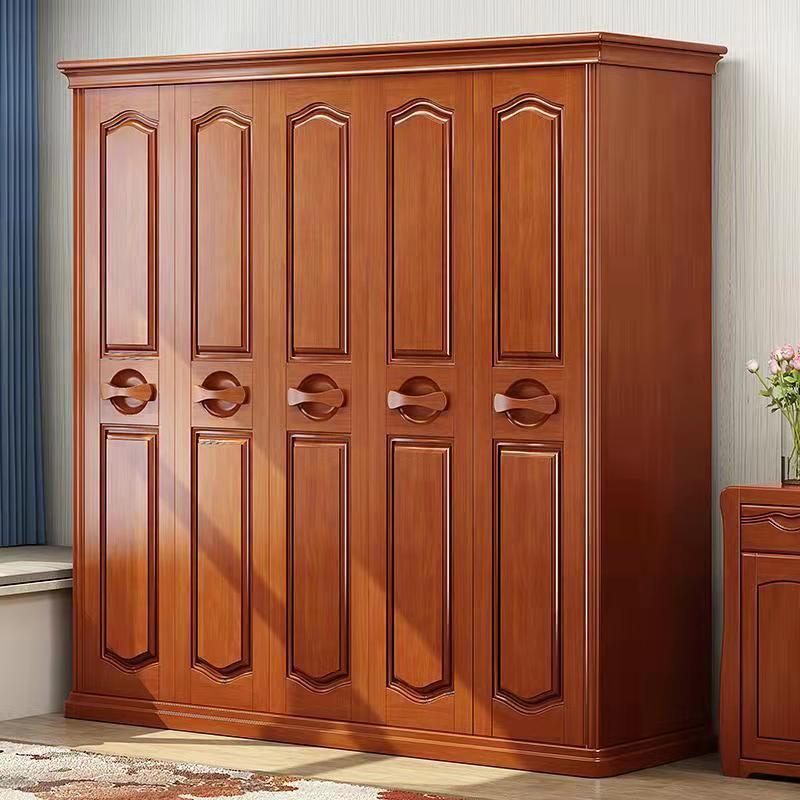In the eyes of most consumers, solid wood furniture is often perceived as environmentally friendly due to the absence of glue and lower levels of harmful substances in its paint. However, the reality is far from this idealized image.
On the market, solid wood furniture can be broadly categorized into three types:
1. Solid Wood Composite Furniture:
- Surface layer is made of solid wood.
Core material is substituted with solid wood lumber, solid wood multi-layer board, or other types of boards.
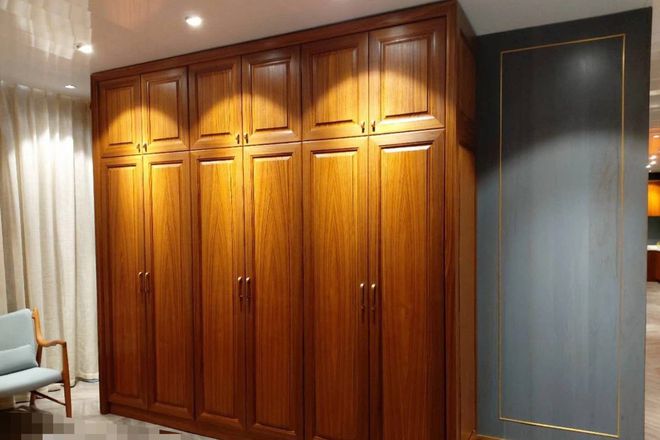
2. Solid Wood Furniture:
- Furniture made with solid wood lumber or solid wood boards as the base material, without any surface covering treatment.
- May contain auxiliary materials and is not 100% solid wood.
A common type seen in the market is solid wood frame furniture. (For example, some cabinets only have solid wood frames, while other shelves and back panels are made of solid wood veneer.)
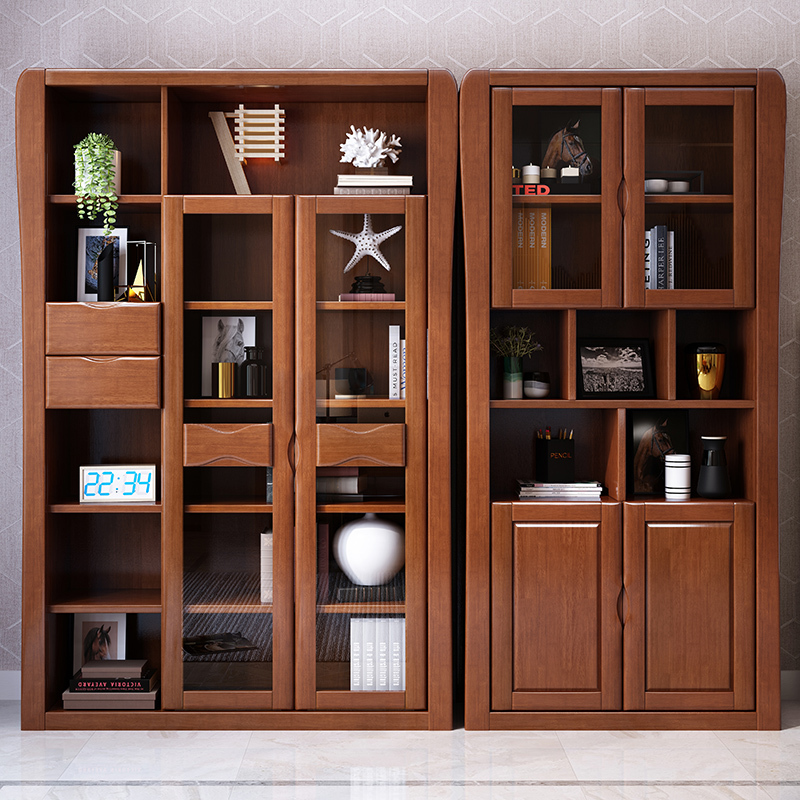
3. Original Wood Furniture:
- Refers to furniture where all wooden components are made of pure solid wood.
- Thick and heavy, with rich and natural wood grain texture.
- Offers the best (quality and texture), but also comes with the highest price tag.
Sources of Formaldehyde Pollution in Solid Wood Furniture:
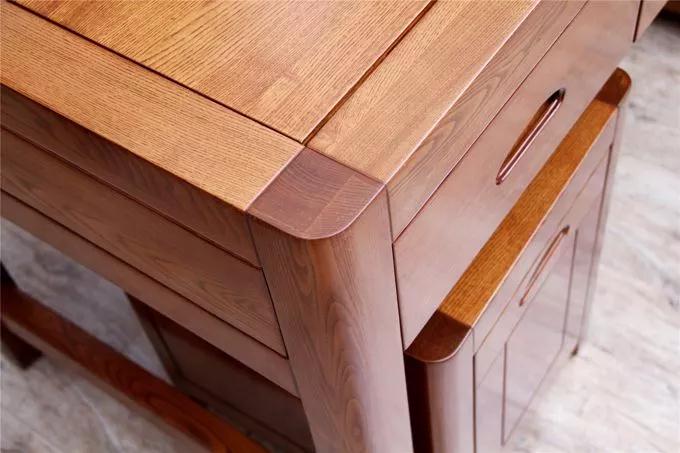
1、Emission Disparity among Furniture Types:
- For furniture manufactured using a blend of solid wood and engineered boards, the use of thin wood veneers or medium-density fiberboard for components like side panels inevitably leads to formaldehyde pollution.
- Similarly, while solid wood饰面 (surface) furniture features exposed parts crafted from solid wood, other areas utilize engineered board materials, resulting in similar pollution concerns.
2、Usage of Solid Wood Finger-Joint Panels:
- These panels involve sawing various solid wood materials into small pieces, drying them extensively, applying urea-formaldehyde resin adhesive to the edges and teeth, and then pressing them into shape.
- While such panels use relatively minimal glue and are considered environmentally friendly, they remain a significant source of formaldehyde pollution in solid wood furniture.
3、Comprehensive Formaldehyde Presence:
- Throughout the production process of solid wood furniture, from the wood itself to the boards, glues, paints, and even leather, formaldehyde can be found.
- Even high-quality wood, when combined with adhesives and paints, emits formaldehyde.
- Therefore, achieving absolute "zero pollution" furniture is virtually impossible according to modern furniture manufacturing processes.
4、Misrepresentation with Engineered Board Furniture:
- Unscrupulous businesses exploit consumers' concerns about furniture's environmental performance by falsely labeling many engineered board pieces as "solid wood."
- Among the most common misrepresentations are the so-called "solid wood density board" and "solid wood particle board."
- In reality, these products are made by binding sawdust or wood chips with copious amounts of formaldehyde, vastly different from genuine solid wood furniture, and posing significant formaldehyde pollution risks.
While solid wood furniture may appear environmentally friendly on the surface, the reality is complex. Various types of solid wood furniture can emit formaldehyde, and even products labeled as solid wood can pose pollution risks when engineered boards are used. This necessitates heightened consumer awareness and scrutiny to ensure that purportedly eco-friendly furniture meets stringent environmental standards.





